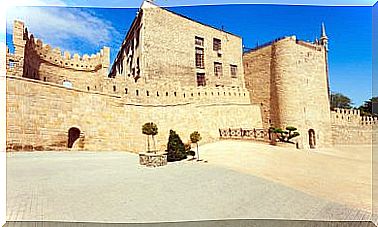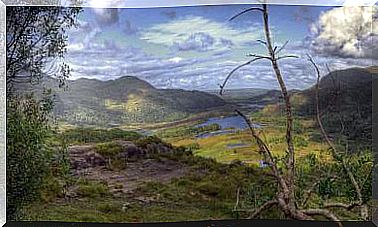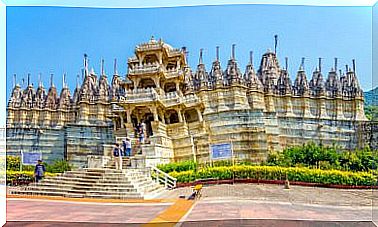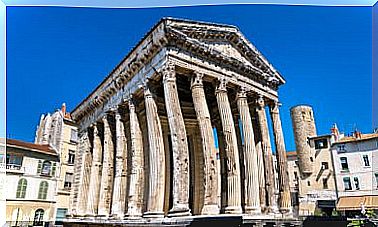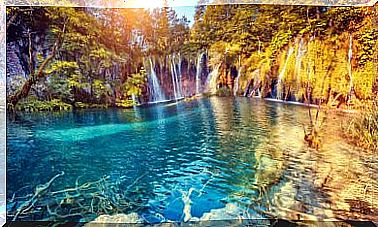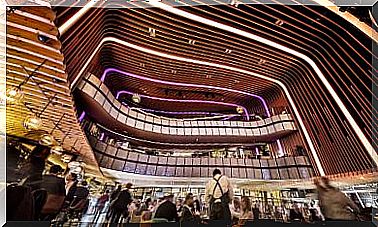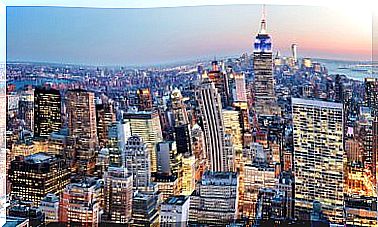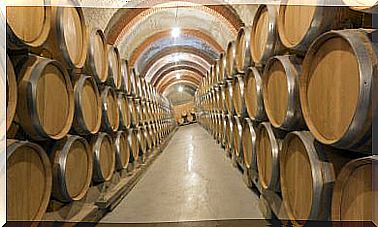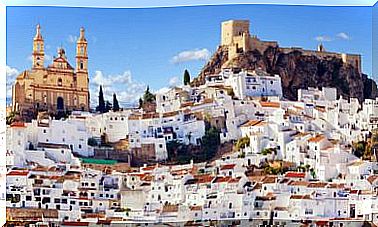The Serene Beauty Of The Jerónimos Monastery In Lisbon
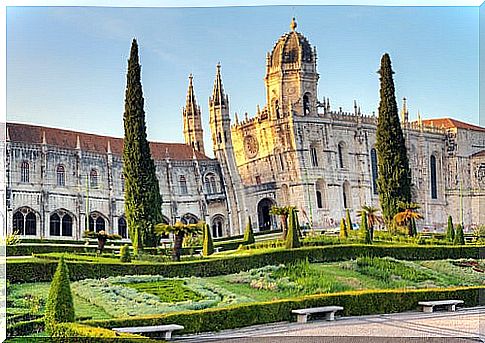
Declared a World Heritage Site, its full name is the Jerónimos Monastery of Santa María de Belém. It is on the outskirts of the Portuguese capital of Lisbon and is one of the most beautiful corners that you can visit there. Do you want to know it?
The Jerónimos Monastery and its long history
The building belonged to the Order of San Jerónimo. It was designed in the Manueline style by order of King Manuel I of Portugal, with the aim of honoring the triumphant return of Vasco da Gama from India. The foundation of the monastery dates from the year 1501 and the construction was carried out on the hermitage of Restelo, where the explorer and navigator spent the last night praying before beginning his journey.
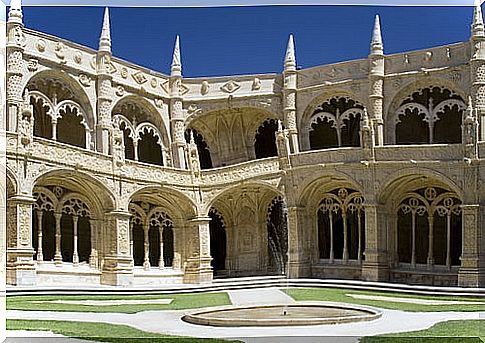
The first stage of construction was entrusted to the French architect Boytac, but it was not carried out, since his project was put aside to build the one designed by Juan de Castillo. Later, the architect responsible for the works would change again and he became a Spaniard, Diego Torralva, who would be in charge of completing the works.
But the monastery would be modified several times until the 20th century. The works were financed by a percentage of the taxes obtained from the commercialization of oriental spices.
The style of the temple combines late Gothic and Renaissance details. The chapels were remodeled in the 16th century and “transformed” in pure Renaissance style. Already in 1850 an annex was built where the National Museum of Archeology is located. In addition, in the west wing you can visit the Museum of the Navy.
Strolling through the Jerónimos Monastery
When you arrive at the temple, you will be amazed by its majesty. To access it has two covers. The first, southern, is divided into two sections and has bas-reliefs with the Portuguese coat of arms and the life of Saint Jerome. The western one has the sculptures of King Manuel I and his wife María.
The interior of the church
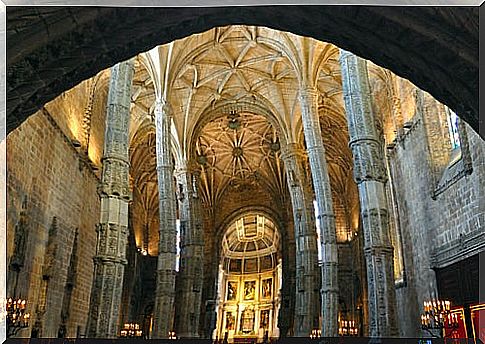
The church, free to enter, is surprising for many reasons. Before the visitor, a beautiful and unique nave opens with six endless and highly decorated columns in the Manueline style. But, in addition, the luminosity of the temple is surprising
The vault of the transept, measuring 29 × 19 meters, dates from 1522. On the other hand, the main chapel was renovated in 1571, following the style of the El Escorial Monastery. Here lie the remains of two kings: Manuel I and Juan III with their wives María and Catalina de Austria, respectively. Inside this church there are also the tombs of Vasco de Gama and Luís de Camões.
The cloister
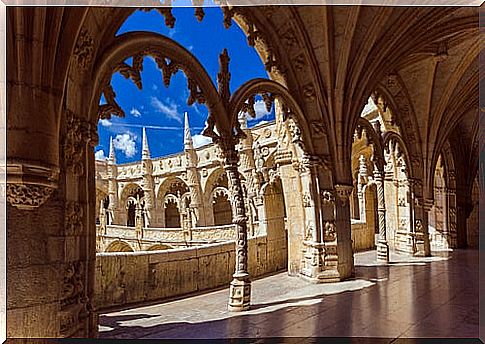
The cloister of the Jerónimos Monastery is really fascinating. Located next to the north aisle, it was built between 1517 and 1519 and the decoration is purely Manueline : sailor ropes, religious themes, medallions, an armillary sphere and a large letter M. From the upper floor, on the other hand, you can access to the high choir of the church.
It is worth going slowly through the two levels of the cloister, noting the delicacy of each of the details. On the way, other interesting spaces are visited, such as a room that tells the history of the monastery, relating it to national and world events.
You can also access the refectory, with its ribbed vault and its walls decorated with tiles in the 18th century. And, in addition, you can access the sacristy and the chapter house, where is the tomb of Alexandre Herculano (first mayor of the city).
One more visit: the Torre de Belém
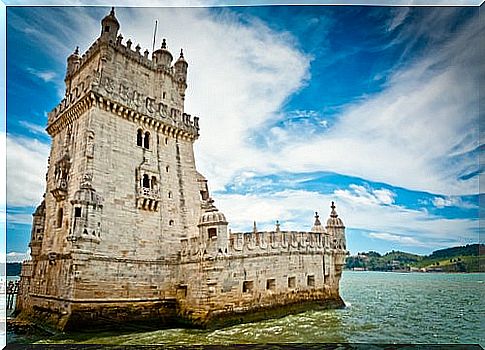
When you finish the tour of the Jerónimos Monastery, do not hesitate to visit the Torre de Belém. A construction used as a defense, with five floors, moats and cannons. It is also on the UNESCO World Heritage List.
Nearby is the Monument to the Discoverers. An imposing structure 52 meters high, erected to celebrate the 500 years of the arrival of Henrique the navigator to Cape Verde, Madeira and the Azores. In this way you will have a more than interesting panorama of a specific period in Portuguese history.
